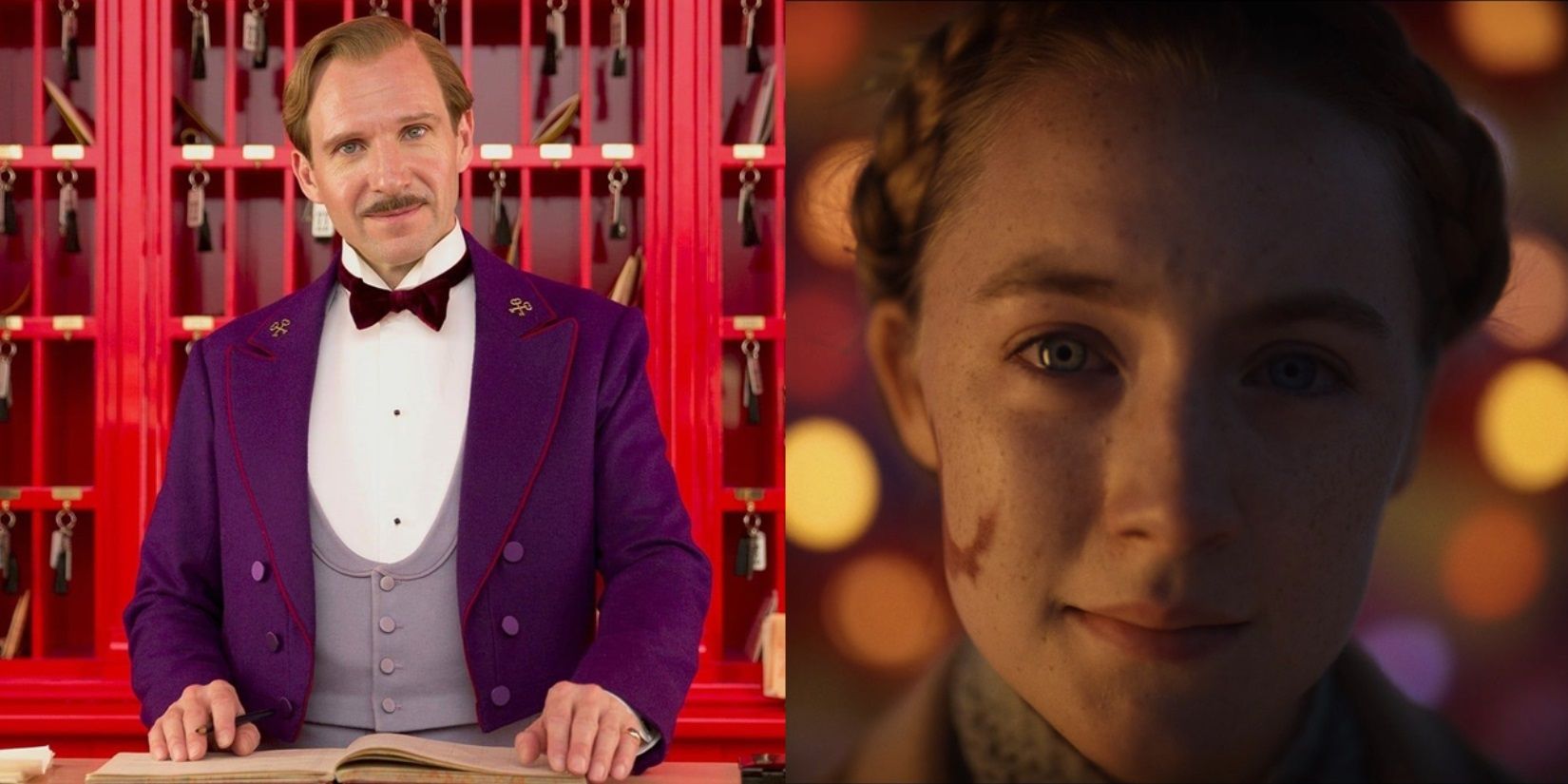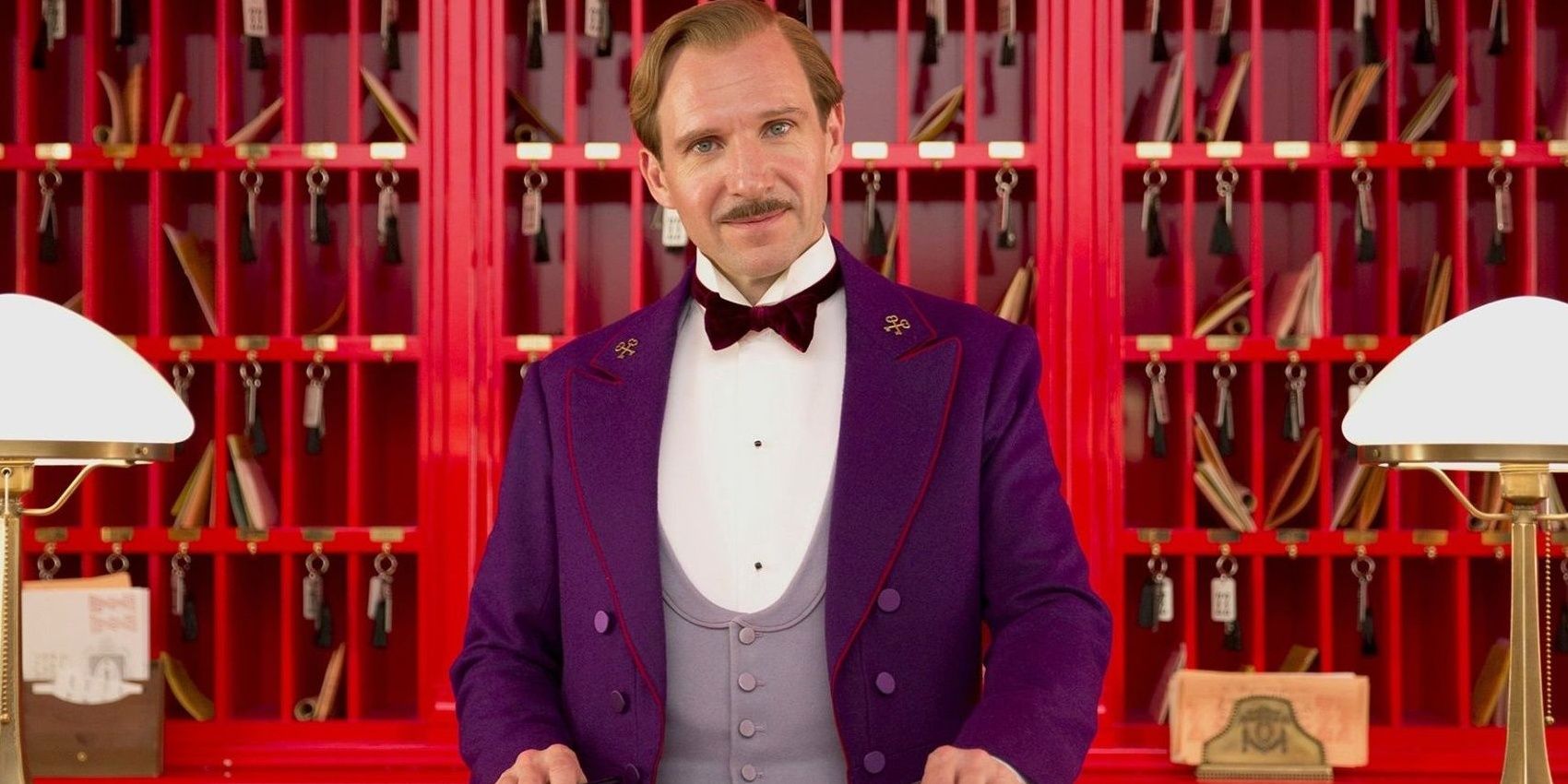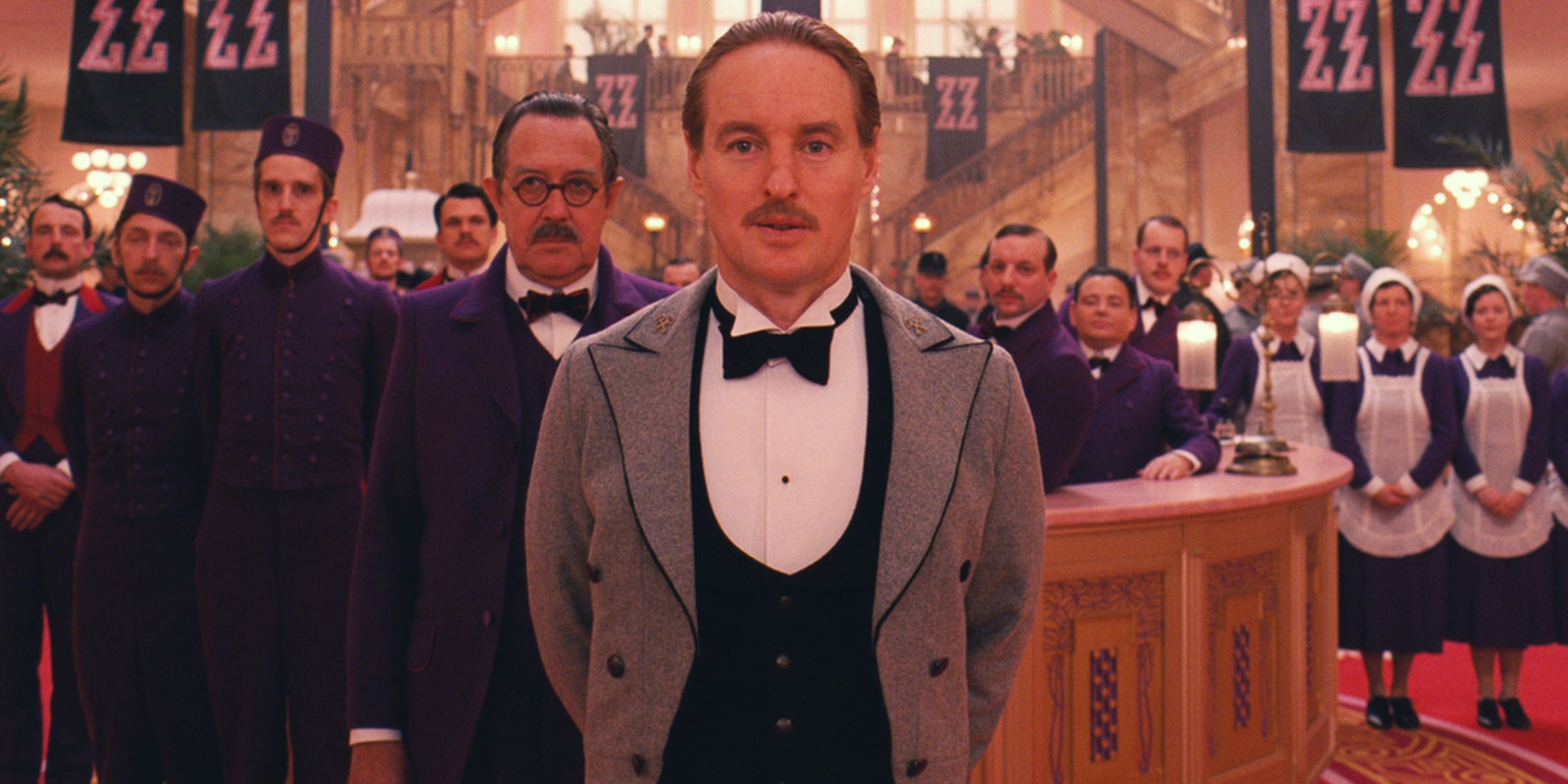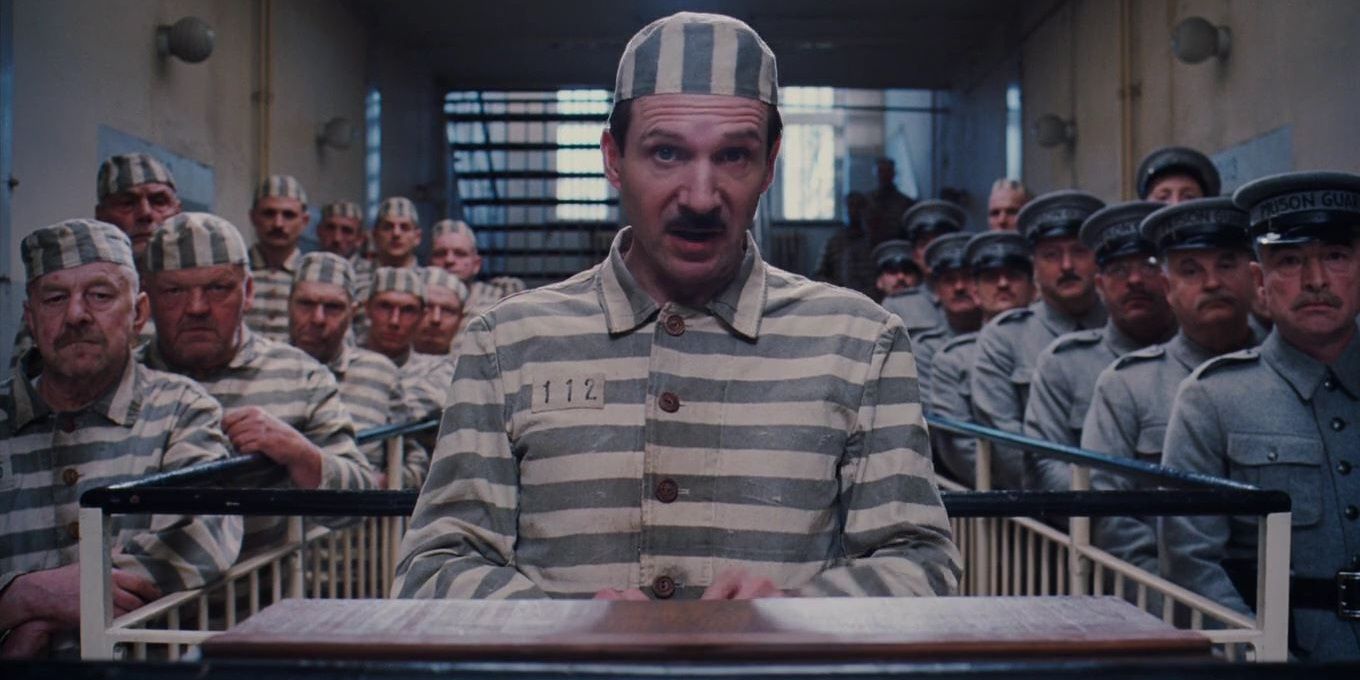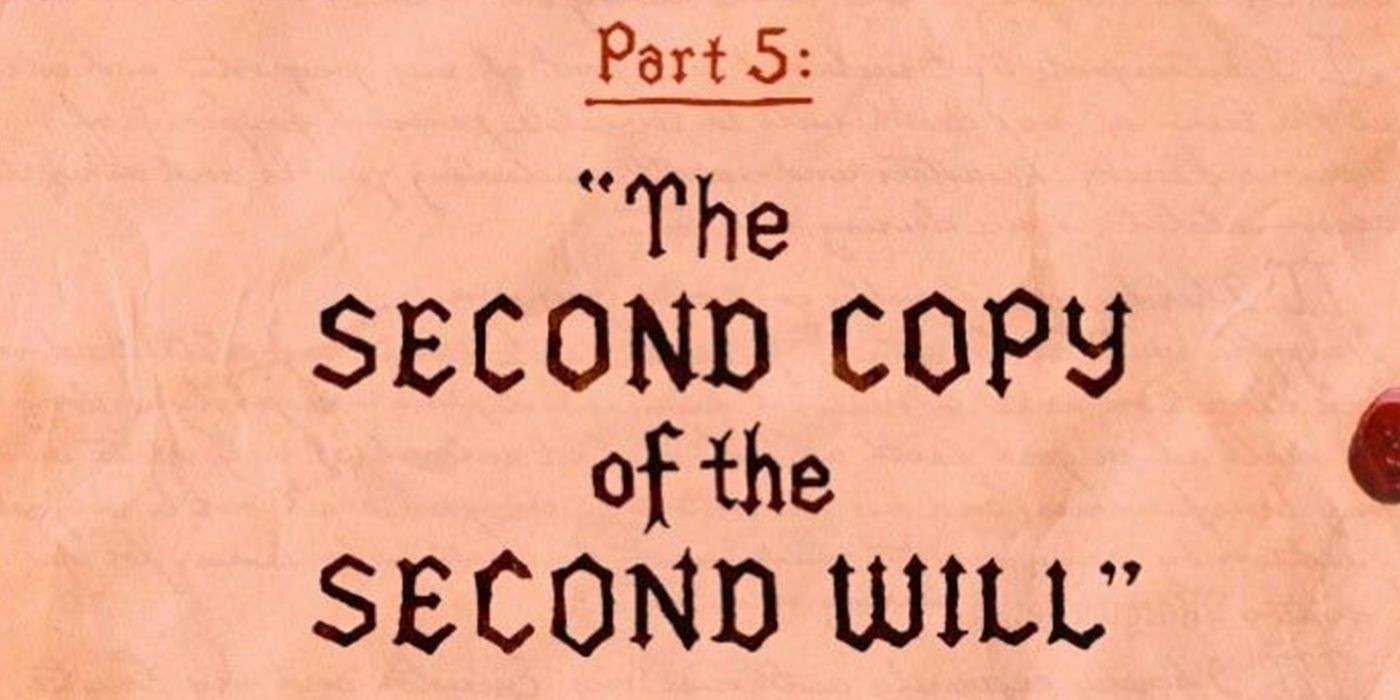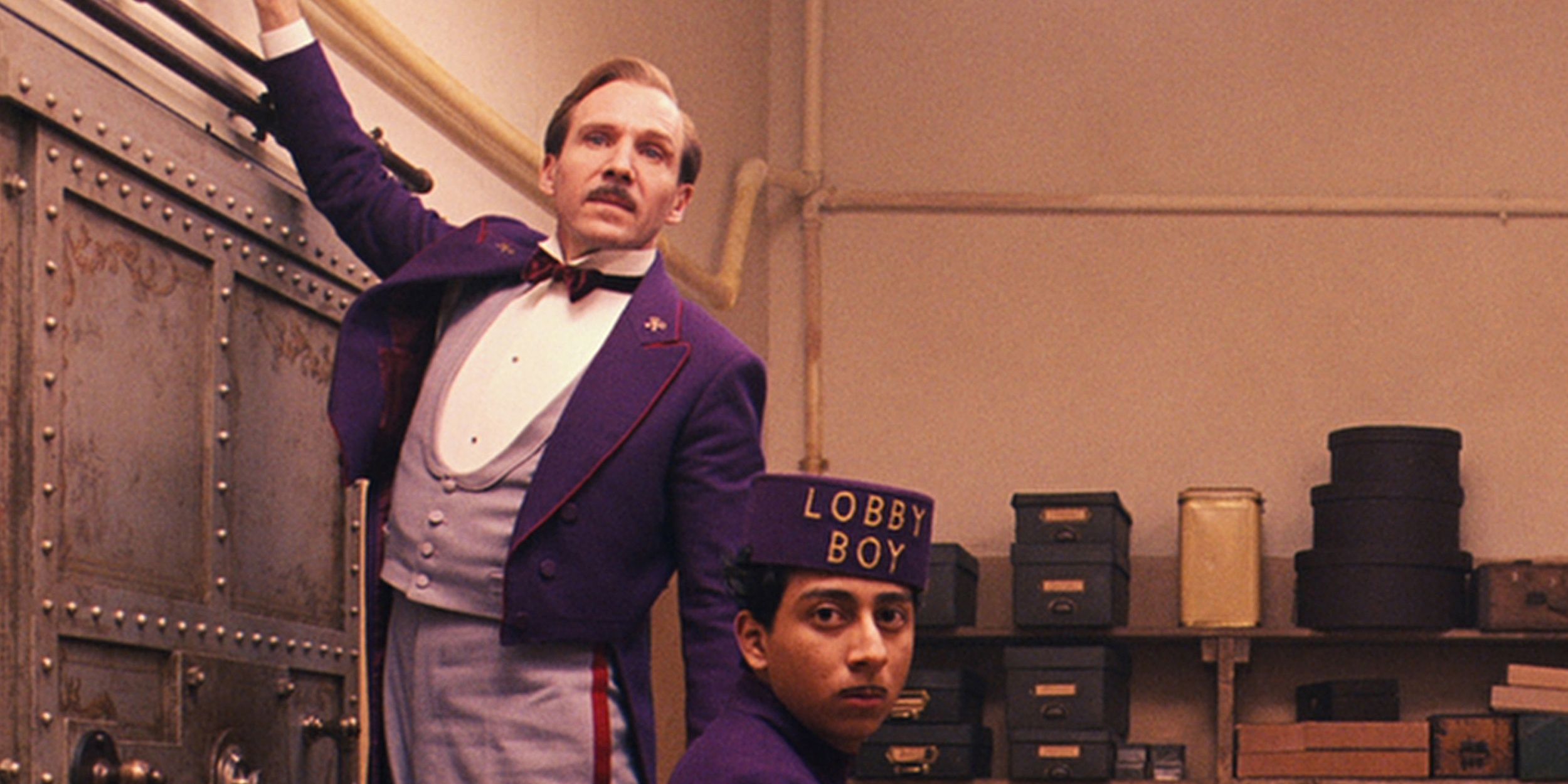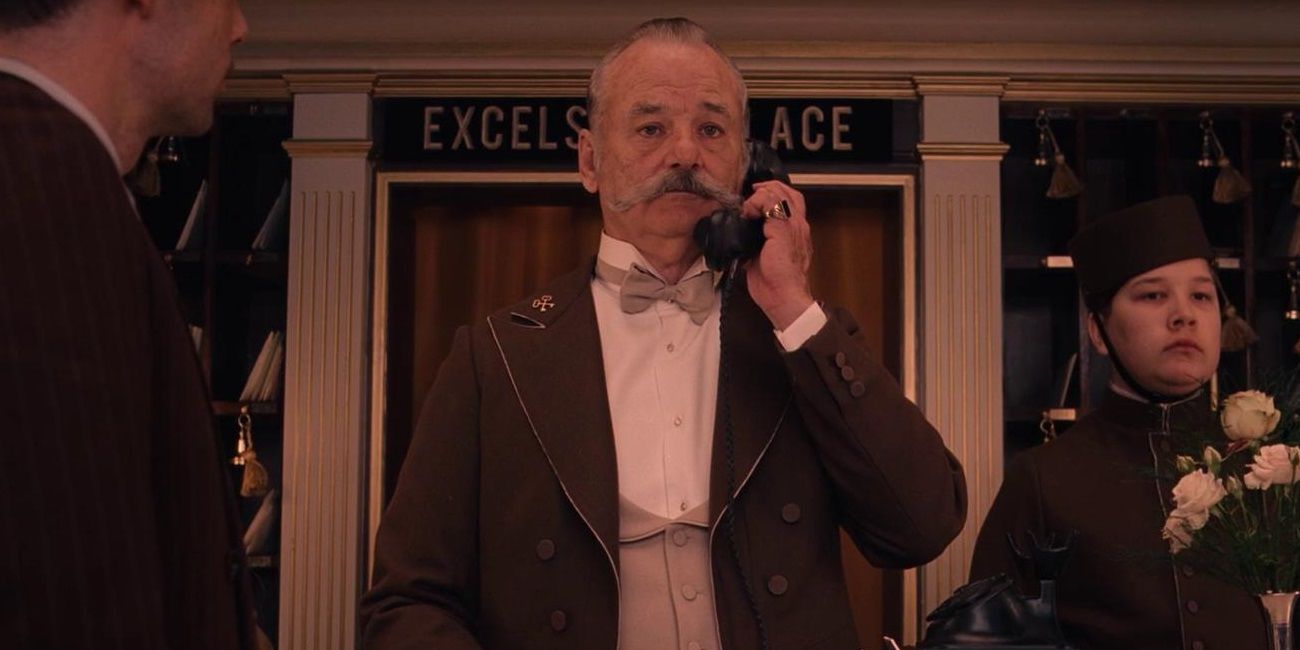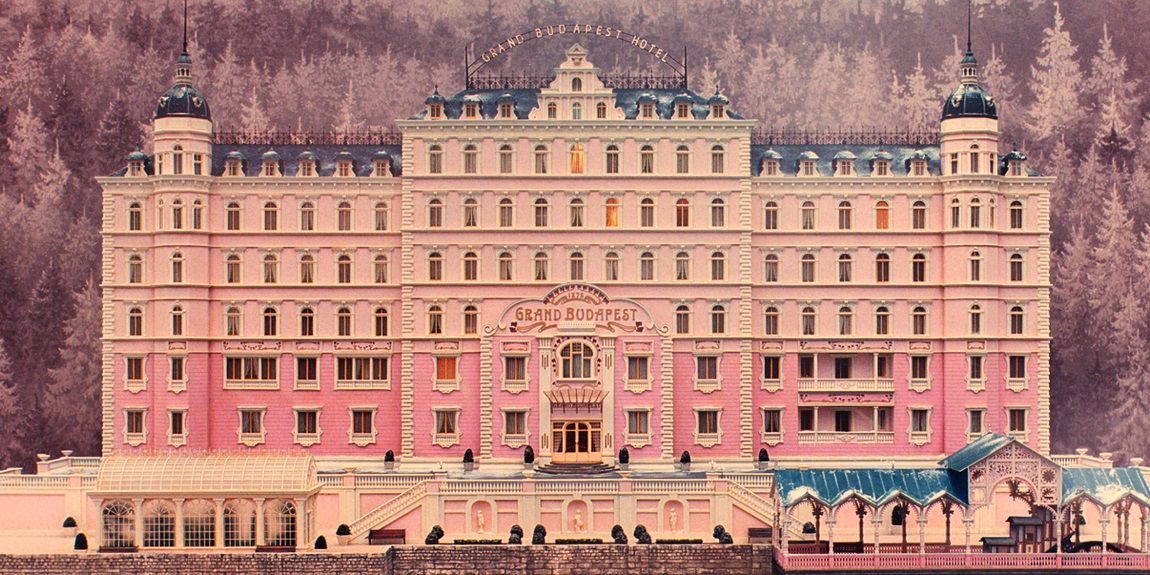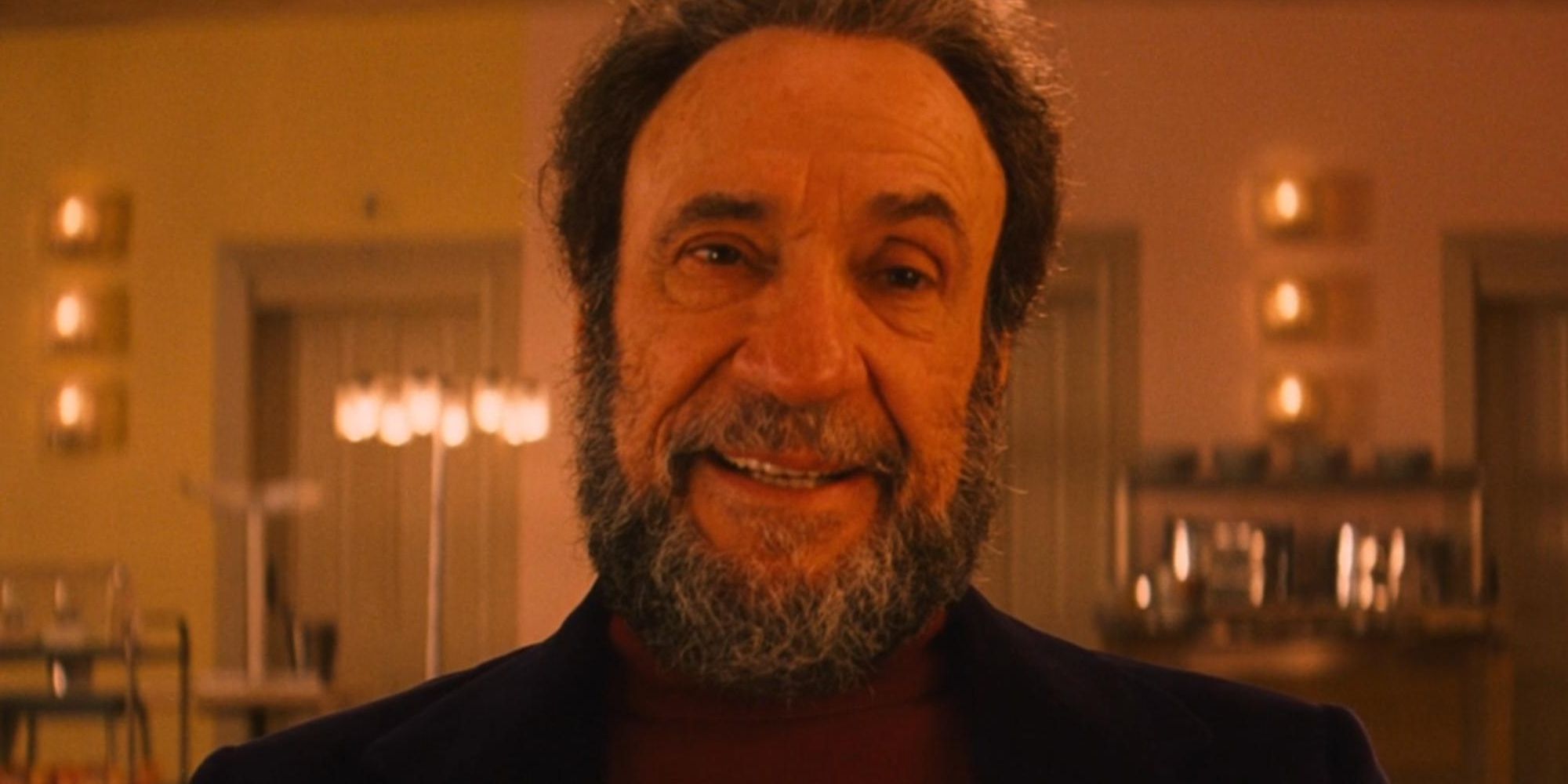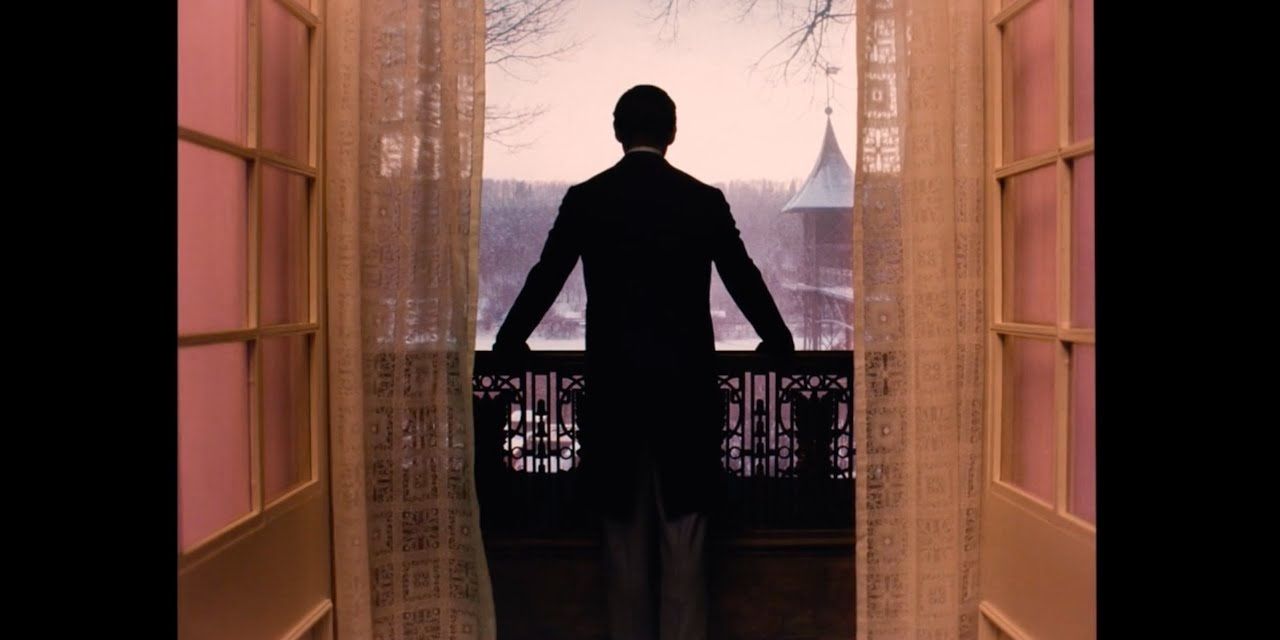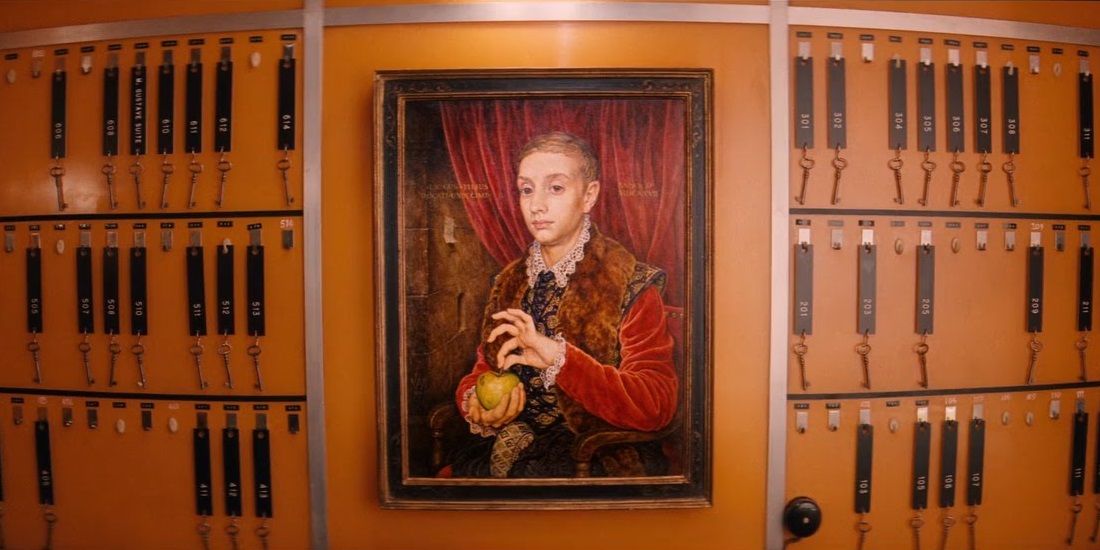In 2014, Wes Anderson released one of the most acclaimed films of his career – The Grand Budapest Hotel – following a framing narrative inside a framing narrative in which a former lobby boy recounts the tragicomic saga of a mountainside resort in a fictional Eastern European country.
Grand Budapest exemplifies the changes that Anderson made to his live-action filmmaking after dabbling in stop-motion animation. Not only does the movie adhere to classic Andersonian trademarks like symmetrical framing and a heist storyline; it also established a handful of new Anderson tropes, like changing aspect ratios.
Tragicomedy
Anderson has always mixed lighthearted comedy and harrowing tragedy. The Darjeeling Limited has both the theft of a loafer and the death of a child. The Royal Tenenbaums has both the slapstick hilarity of a priest being pushed down a staircase and the heartache of a suicide attempt.
The Grand Budapest Hotel adheres to Anderson’s typically tragicomic tone. The movie has plenty of hilariously dry one-liners, but also plenty of heartbreaking turns.
Sprawling Ensemble Cast
Ever since he assembled the star-studded line-up of The Royal Tenenbaums, Anderson has filled most of his movies with sprawling ensemble casts. With its intimate story of brothers traveling across India, The Darjeeling Limited is the exception.
From Team Zissou to the Khaki Scouts, there are plenty of giant ensembles full of scene-stealing supporting players in Anderson’s filmography. The Grand Budapest Hotel has one of Anderson’s most star-studded casts, including Ralph Fiennes, F. Murray Abraham, Saoirse Ronan, Willem Dafoe, Jeff Goldblum, Edward Norton, Tilda Swinton, and, of course, Bill Murray.
Symmetrical Compositions
Anderson is renowned for his planimetric framing, placing the camera perpendicular to his subject to center them on-screen. On top of that, the frames tend to be meticulously symmetrical.
In The Grand Budapest Hotel, M. Gustave is seen reading out his letter from prison with guards and fellow inmates lined up behind him. There’s even a symmetrical shootout with one legion of shooters on one side of the hotel, pointing to the right of the frame, and another legion on the other side, pointing to the left.
Chapters
Since novels are written by a single writer and movies are made by dozens of cast and crew members, there tends to be more authorial command in literature than cinema. As a result, idiosyncratic cinematic auteurs like Quentin Tarantino and Wes Anderson tend to use chapters to break up their stories (and to enjoy the creative freedom of a novelist).
Anderson started splitting his movies into chapters with The Royal Tenenbaums, which is constructed quite literally like a novel. Similarly, The Grand Budapest Hotel is split into distinctive “parts” with their own title cards.
Meticulous In-Camera Editing
When Anderson deviated into stop-motion animation, he clearly took a liking to the opportunity presented by the cartoon medium to control every aspect of the characters’ movements and comedic timing.
Meticulous in-camera editing was one of the post-animation changes to Anderson’s live-action filmmaking. The actors’ line deliveries are timed to match carefully planned camera movements.
Regular Anderson Collaborators
From the many concierges affiliated with the Society of the Crossed Keys to the shady employees of Madame D.’s family, the sprawling ensemble cast of The Grand Budapest Hotel presented Anderson with plenty of opportunities to cast his regular collaborators in scene-stealing supporting roles.
The list of Anderson regulars in the Grand Budapest cast is practically endless: Bill Murray, Owen Wilson, Jason Schwartzman, Tilda Swinton, Adrien Brody, Jeff Goldblum, Willem Dafoe.
Mixing Animation And Live-Action
Due to budgetary restrictions, Anderson used a mixture of animation and live-action to bring action scenes like the ski chase and the rooftop jump to life in The Grand Budapest Hotel. The movie intersperses live-action close-ups with stylized animated wide shots.
Anderson has been blending animation into his live-action work since before he made his first animated movie. The sea creatures in The Life Aquatic were clearly 2D animations, despite the semi-grounded live-action aesthetic of the rest of the film.
Voiceover Narration
Like Martin Scorsese, Anderson has often made use of voiceover narration. Sam and Suzy’s love letters are presented as voiceovers in Moonrise Kingdom, while Alec Baldwin’s rich, deep voice narrated The Royal Tenenbaums.
The Grand Budapest Hotel is narrated by Jude Law in the role of a writer who encounters an aging Zero at the dilapidated hotel and learns his story over the course of a fateful dinner.
Aspect Ratio Changes
Changing aspect ratios became a new trope of Anderson’s filmmaking in The Grand Budapest Hotel. The director used different aspect ratios to reflect the different historical eras in which the story takes place. The majority of the movie is in Academy ratio (1.375:1), which is inherently cinematic, despite its boxy look.
Anderson later reused his changing aspect ratio trope in The French Dispatch. The French Dispatch also borrowed Grand Budapest’s penchant for switching between color and black-and-white.
Heist
Since his debut feature Bottle Rocket, many of Anderson’s movies have revolved around heists. The titular fox plots to rob local farms of their livestock in Fantastic Mr. Fox. In The Life Aquatic, Steve Zissou plunders his closest rival’s labs (although he promises to give it all back when his documentary is finished).
In The Grand Budapest Hotel, M. Gustave decides to steal the painting “Boy with Apple” after he’s given it in an older lover’s will and her son refuses to let him take it.

